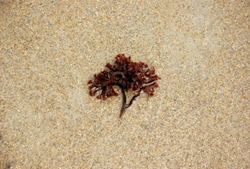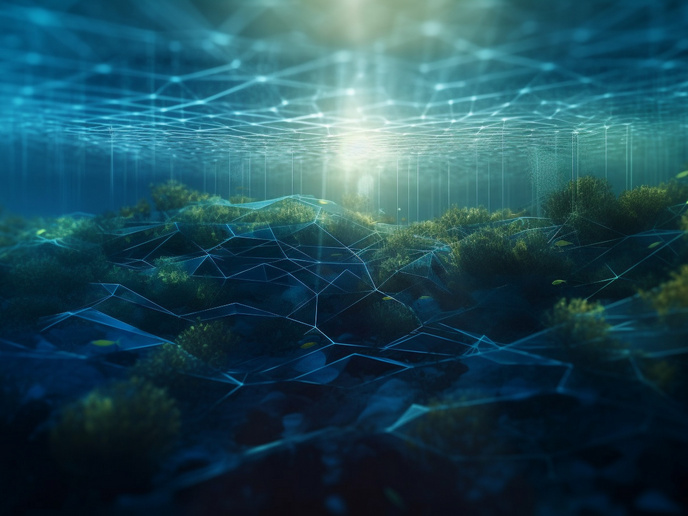Easy access to information on seaweed in Africa
The SEAWEEDAFRICA project was set up to examine and record the incredible biodiversity of the seaweed that exists in the region. Until now this has remained relatively unexplored. The properties of the thousands of species that may constitute an untapped resource can now be logged and accessed. Future possibilities, such as extending their cultivation to other tropical and subtropical climates, have not been exploited. The creation of a comprehensive database, one which includes the commercial and technological properties of the seaweeds is the main objective of this pioneering research. Moreover, it will also incorporate validated information on the ecology of the species. The creation of the MS SQL database for the project means that this aim has been accomplished. The technology used for the database ensures that fields can be searched with ease and clarity. It runs on two servers which means it can be accessed via the web. Also, it can be relied upon to record the 216 categories of seaweed, the 1114 different seaweed uses and the 230 compound species identified. Furthermore this database includes information on legislation and regulations. Having a comprehensive and reliable database will particularly benefit policy makers who need to have easy access to the information on the database. Other parties set to benefit are universities, industry and research institutions. The site can be navigated comprehensively. It can be browsed or alternatively, in depth searches can be carried out. There is also a picture index, providing high quality images of species accompanied by information regarding their habitat, taxonomic source and key references. The database can be accessed at http://www.seaweedafrica.org







